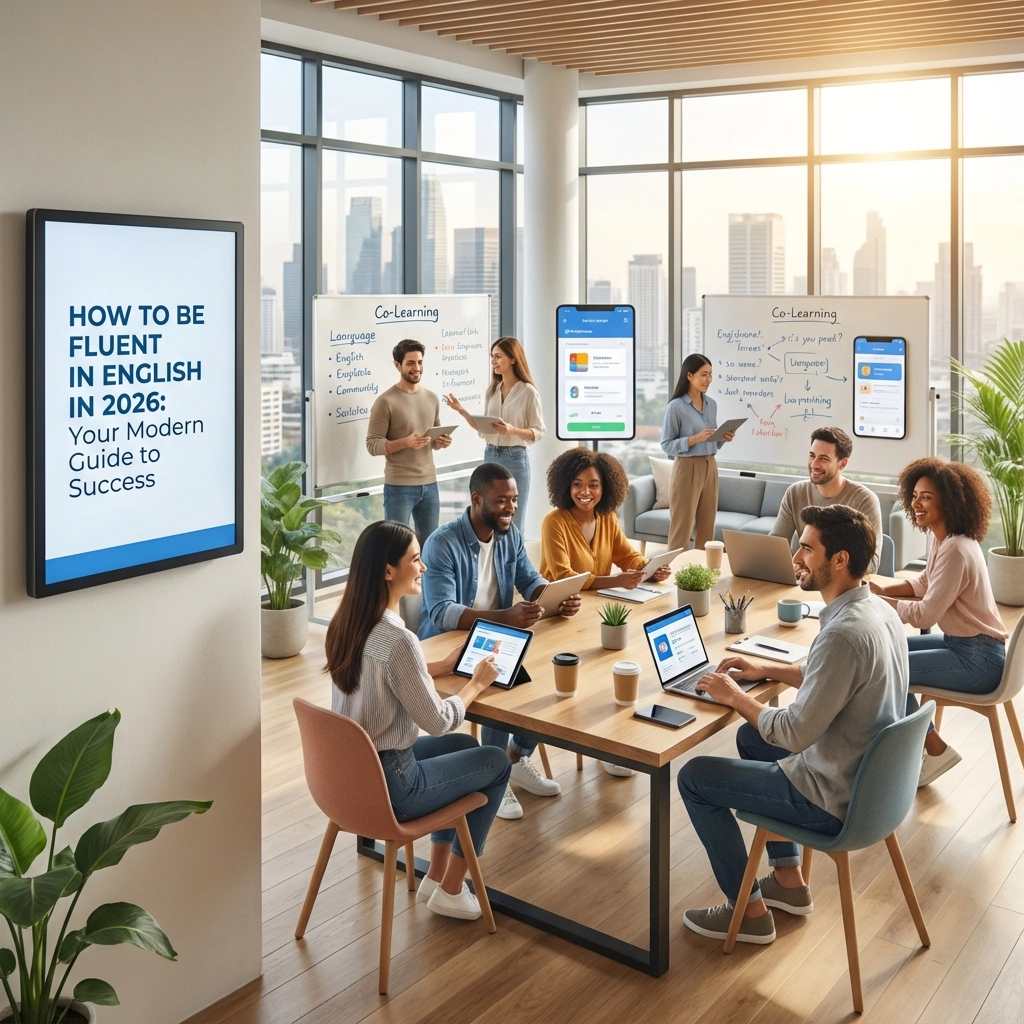Contents
Toggle
Meet David De’ Ath, founder, editor, and writer at Wonderful World English. With his extensive background as an English teacher, David provides valuable insights and practical tips on ESL for students and teachers alike.
Teaching English to Speakers of Other Languages, more commonly known as TESOL, is a field of education that specializes in teaching English to individuals whose primary language is not English.
The demand for qualified TESOL educators has been on the rise due to globalization and the increasing importance of English in international business, education, and communication.
TESOL encompasses a broad range of settings and learners, from children in international schools to adults in immigration and language centers, making it a versatile educational discipline.
Unlike TEFL (Teaching English as a Foreign Language), which is specific to teaching in non-English speaking countries, or TESL (Teaching English as a Second Language), which focuses on teaching in English-speaking countries, TESOL covers both areas.
This inclusive term is indicative of a certification process that prepares educators to meet the diverse needs of English learners, regardless of their geographic location.
By obtaining TESOL certification, individuals can access a wide array of professional opportunities across different educational contexts, both domestically and internationally.
Key Takeaways
- TESOL stands for Teaching English to Speakers of Other Languages and is a growing field in education.
- It prepares educators to teach English in both English and non-English-speaking countries.
- Certification in TESOL opens up diverse professional opportunities in various educational settings.
Understanding TESOL
TESOL, or Teaching English to Speakers of Other Languages, is a comprehensive term that encompasses various aspects and methodologies of teaching English to non-native speakers.
This section aims to dissect the intricate world of TESOL, exploring its history, how it compares to similar acronyms such as TEFL and TESL, and the pathways for obtaining TESOL certification.
History and Evolution of TESOL
TESOL has a rich history that traces back to the middle of the 20th century, stemming from a need to standardize English language teaching to those for whom it is not their first language.
As globalization has increased, so has the demand for English language proficiency, leading to the evolution of TESOL methodologies and standards to meet the diverse needs of learners worldwide.
TESOL vs. TEFL vs. TESL
- TESOL (Teaching English to Speakers of Other Languages): Refers to teaching English to non-native speakers in both non-English-speaking and English-speaking countries.
- TEFL (Teaching English as a Foreign Language): Often used interchangeably with TESOL, but specifically refers to teaching English in countries where English is not the official language. Learn more about TEFL.
- TESL (Teaching English as a Second Language): Focuses on teaching English within English-speaking countries to people who speak it as a second language.
| Term | Focus Area | Teaching Context |
|---|---|---|
| TESOL | Broad | Any |
| TEFL | Foreign Countries | Non-native, non-English speaking countries |
| TESL | Second Language | English-speaking countries to immigrants or visitors |
TESOL Certification Pathways
To become a certified TESOL instructor, individuals typically complete a TESOL certificate program.
These certification programs can vary in length, often ranging from 100 to 150 hours, with options to study online, in-person, or through a combination of both.
Essential for those looking to teach English both domestically and abroad, a TESOL certification is internationally recognized and is a stepping stone for securing teaching positions.
Related: CELTA vs. TEFL vs. TESOL: Which One is Best?

Professional Opportunities in TESOL
The field of TESOL offers a vast array of professional opportunities for educators looking to specialize in teaching English to speakers of other languages.
This section covers the career paths available in TESOL, alongside the necessary qualifications, and provides insight into the teaching landscape across different global regions.
Career Paths and Qualifications
A career in TESOL encompasses a range of job titles, such as language school instructors, university faculty, private tutors, and educational consultants.
Each role carries its unique set of requirements.
Typically, an accredited 120-hour TESOL/TEFL certificate is the standard starting point for newcomers to the field.
Gaining experience in different teaching contexts can lead to positions of higher responsibility, such as coordinating language programs or managing schools.
Regional requirements can vary for teaching English abroad.
In countries like China, South Korea, and Japan, a bachelor’s degree in any field is often a prerequisite, in addition to a TESOL certification.
English language teachers looking to progress their careers may also seek specialized qualifications like DELTA or a master’s degree in Applied Linguistics or TESOL.
Related: How to Teach English in China: Your Ultimate Guide
Teaching English in Different Regions
English-speaking countries often present home-based TESOL educators with opportunities in immigrant centers, private language schools, and public education systems.
Career opportunities here may require a more advanced education degree, teaching license, or specific training in ESL methodologies.
Conversely, teaching English abroad in nations like China, South Korea, or Japan offers a different career trajectory.
English language teachers in these regions can often find jobs through programs affiliated with the British Council or by directly applying to language schools and institutes.
The demand for English instruction in these countries usually results in competitive salaries and benefits packages for qualified educators, with some even including accommodation and flight reimbursements.
Obtaining a TESOL certification is a worthwhile investment for those looking to teach in these regions, as it meets job requirements and enhances teaching efficacy.

Conclusion
Teaching English to Speakers of Other Languages (TESOL) is an educational discipline aimed at instructing non-native English speakers.
As globalization increases, so does the demand for English, making TESOL crucial for those teaching in both English-speaking and non-English-speaking countries.
Unlike TEFL, which focuses on teaching in non-English-speaking countries, or TESL, which is oriented towards English-speaking countries, TESOL encompasses both, offering a broad certification that equips educators to work globally.
Key Aspects of TESOL:
- Comprehensive Coverage: TESOL certification prepares educators to teach in varied geographic and cultural settings, accommodating a wide array of English learning needs.
- Certification Pathways: Aspiring TESOL educators often pursue a TESOL certificate program, which typically involves 100 to 150 hours of training, available both online and in person.
- Career Opportunities: TESOL opens doors to diverse roles, such as language school instructors, university faculty, and educational consultants worldwide. Certification is generally followed by opportunities for advancement in educational leadership roles.
TESOL’s relevance continues to grow, driven by the worldwide need for English proficiency in professional and personal contexts.
This makes TESOL a valuable field for educators seeking to impact global communication and cultural exchange.
We hope you find value in this information; you can contact us if you require any support.
Have a wonderful day!
Image Attribution: All images licensed via canva.com





